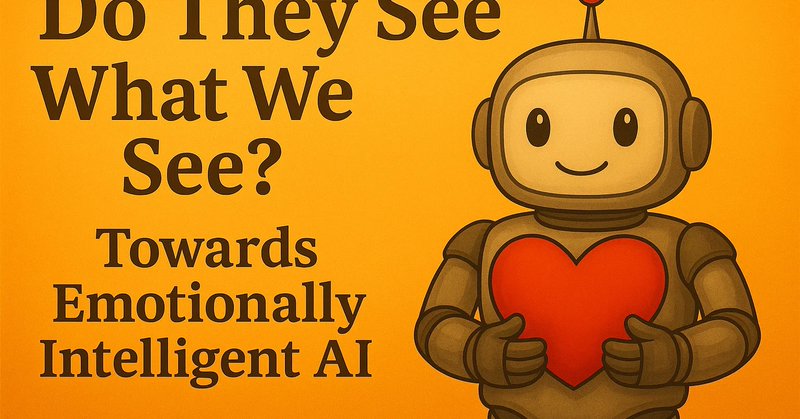
open.intel
@OpenAtIntel
Followers
1K
Following
666
Media
373
Statuses
2K
Everything #opensource at Intel. We have a lot to share and a lot to learn. Join us.
Joined October 2021
Meet Lucas Melo, Cloud Solutions Architect at Intel and a driving force behind Intel Optimization Cloud Modules for Terraform and Ansible. His work turns @intel’s cloud optimizations into accessible, actionable code for the developers who need it most. This is open source with
0
3
4
From games to high-frequency trading to systems-level C++, Ben Deane has written code that performs under pressure. Now at @intel, he’s maintaining core async frameworks and helping shape the future of modern C++ where performance matters most. #OpenSource #MaintainerSpotlight
0
1
1
Working upstream on the Linux kernel, Tony brings RAS and RDT support to Intel® Xeon® platforms, helping keep systems reliable, efficient, and ready for scale. #OpenSource #MaintainerSpotlight
0
2
2
Built by @laion_ai Powered by Intel Open to the world. Explore the datasets and try the models yourself:
intel.com
Building Emotionally Intelligent AI with EmoNet, a suite of open tools and resources developed by the LAION community.
0
2
3
EmoNet isn’t just another benchmark. It’s a new baseline for how we train AI to interpret emotion, not flatten it. It makes space for: Real evaluation, not leaderboard chasing Emotional signals across languages, cultures, and contexts Models that respond like they’re listening,
1
0
0
It gets better: we didn’t stop at classification. With BUD-E Whisper, we're going beyond transcription to emotion captioning. The model detects emotional tone, vocal bursts (sighs, laughter), and speaker traits from raw speech.
1
0
0
Why synthetic data? No privacy issues Full demographic control Massive scalability More ethical training sets This is how we generated over 203K facial images and 5K hours of speech with real, measurable emotional intent.
1
0
0
And we built models to match. The Empathic Insight-Face model beats Gemini 2.5 Pro and Hume AI on our facial emotion benchmarks. It tracks closely with human annotators across 40 emotions.
1
0
0
Emotion is complex. So we didn’t settle for “basic” emotions. EmoNet’s taxonomy includes states like: shame, doubt, pride, fatigue, teasing, even intoxication It’s built on the Handbook of Emotions and refined with psychologists.
1
0
0
We’ve done it differently with EmoNet-Voice: 5,000+ hours of synthetic voice-acted emotion 40 emotion categories 4 languages Openly licensed Expert-verified benchmark for real evaluation In so many vital ways, a major step forward.
1
0
0
Let’s start with the problem. Here’s what most speech emotion datasets look like: Tiny datasets Coarse labels ("happy," "sad") Narrow speaker demographics No multilingual support Often closed license, which makes follow-up and iterative improvements difficult to say the least.
1
0
0
It’s called EmoNet: a new open source benchmark + model suite for emotion recognition in speech and facial expressions. This is emotion recognition designed the right way round for once: starting with nuance, not reduction.
1
0
0
Emotion isn't binary. It’s messy. Contradictory. Cultural. And we’re finally building AI that can see and hear that.
1
1
2
OPEA megaservices don’t do it all—they make it all happen. They run GenAI workflows by coordinating microservices with a blueprint. Modular, efficient and built to scale. Learn more: https://t.co/bitWgqR0Or
0
0
0
What does it take to turn a research idea into a production-ready open source project? Mona Vij did exactly that with Gramine. At Intel Labs, she leads groundbreaking work in Confidential Computing and trusted execution—from cloud to edge. #OpenSource #MaintainerSpotlight
0
0
1
Building #GenAI apps with @OPEAdev? This article covers orchestration, microservices, and real-time data using Amazon Bedrock and OpenSearch: https://t.co/u2XjjuV2Vs
0
3
6
OPEA megaservices don’t do it all - They make it all happen. They run GenAI workflows by coordinating microservices with a blueprint. Modular, efficient and built to scale. Learn more: https://t.co/Z7PkSNrrch
0
0
0
The AI behind Intel® Geti™ is designed to adapt fast. At the core of Geti is a custom model that updates quickly with user feedback. You can train it on your own data, refine it over time, and adjust your setup as conditions change without rebuilding everything from scratch.
0
2
2
Why is writing open source documentation still one of the hardest parts of building a thriving project? In Intel’s 2024 open source community survey, bad or missing documentation was ranked as the #1 challenge for contributors. Too many docs assume too much knowledge. They skip
0
0
1
Open source adoption starts with clean, reliable foundations. Kartikey Rameshbhai Parmar makes that happen at @intel, leading Linux OS enablement and Yocto maintenance. #OpenSource #MaintainerSpotlight
0
0
0












